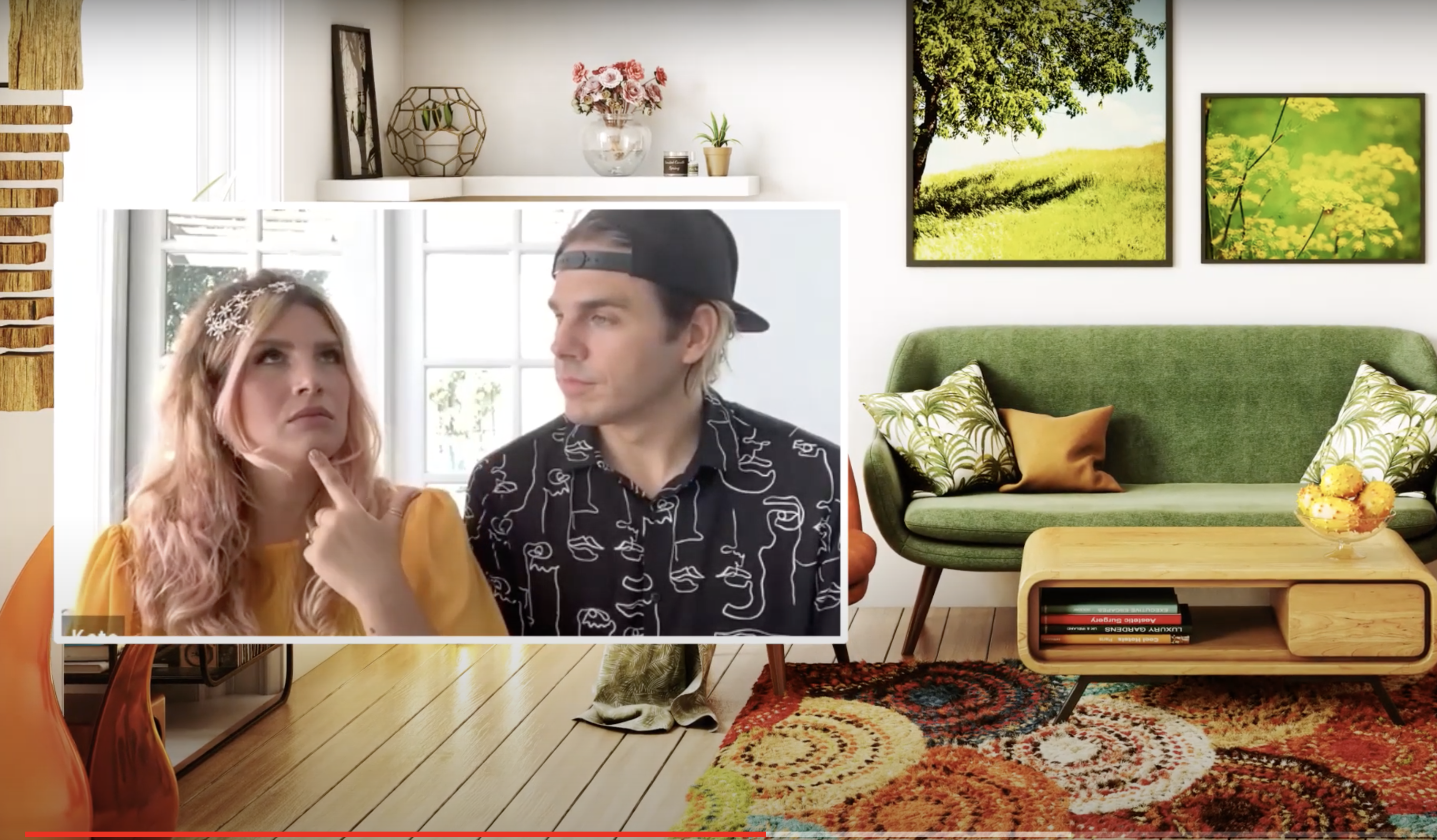


This collection of tools is their creator economy tech stack. These include apps, platforms, and sites that creators use to craft content, distribute it to an audience, engage with their followers, monetize their fan base, build partnerships, run the back-end of their business, and more.Īn independent writer with thousands of subscribers might use Google Docs to pen their articles, Substack to share essays with an audience, Canva to add in graphics, Twitter to distribute their content, Discord to build a community for paid newsletter members, and Shopify to sell special edition supporter pins. While creator-centered businesses might begin with a notepad scribbled with hopes and aspirations, they’re built day-by-day with trusted tools. And Hila Klien, a YouTuber and podcaster, now runs Teddy Fresh, a streetwear brand with over 100 employees.

Take Emma Chamberlain who parlayed her YouTube channel, where she shares intimate vlogs, into Chamberlain Coffee. Many creators have drafted the audience-to-business blueprint, laying out the steps for influencers to find financial independence. Instead, it extends the idea of earning a living or building a business. The rise of the creator economy promises budding influencers and entrepreneurs-to-be more than the opportunity to create content.


 0 kommentar(er)
0 kommentar(er)
